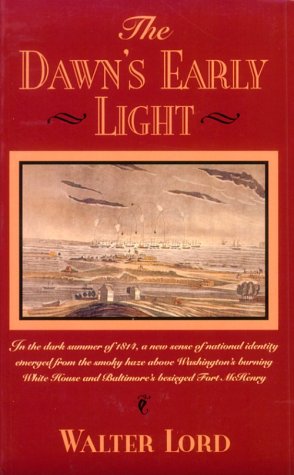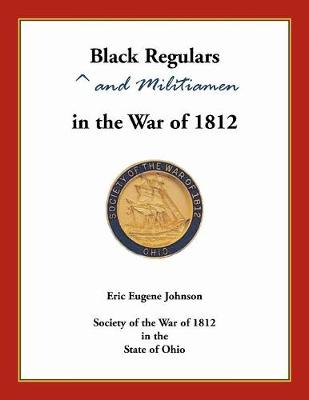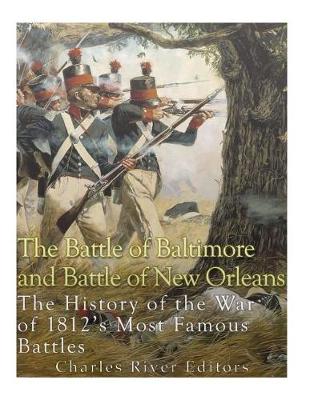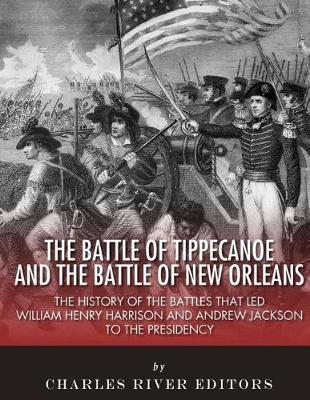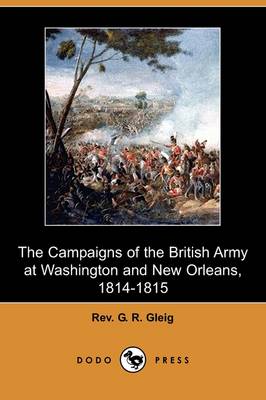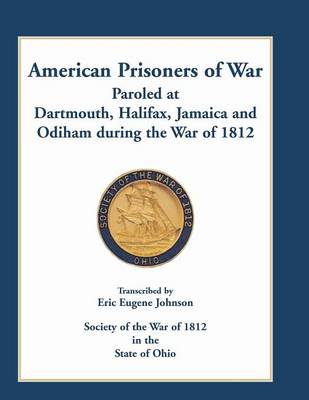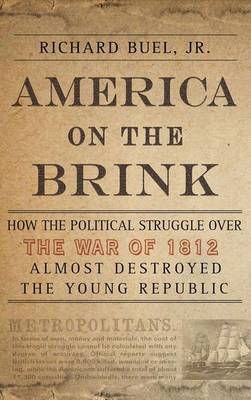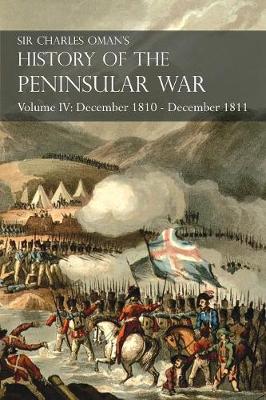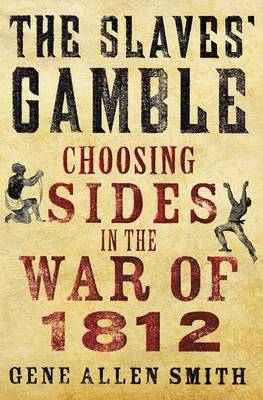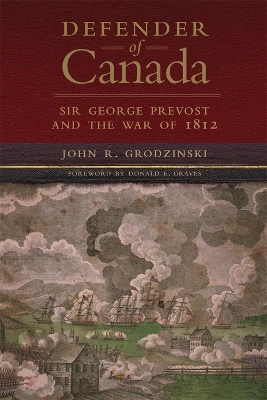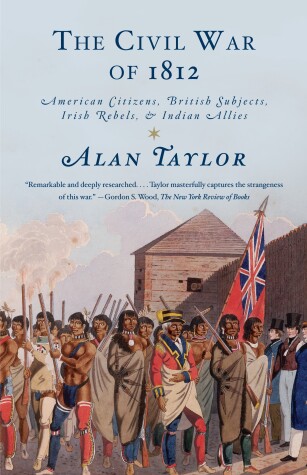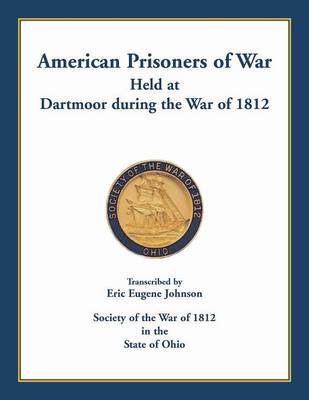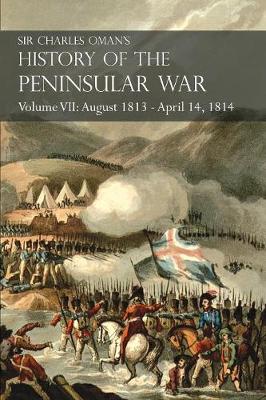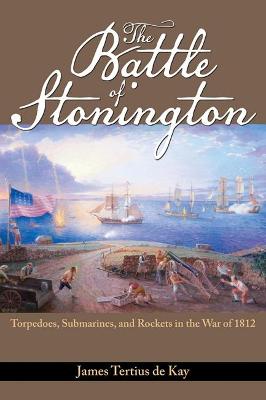The Autobiography Manuscript of Major Amos Stoddard (Deluxe Edition with Color Illustrations)
Walter Lord-author of such best-sellers as A Night to Remember and A Day of Infamy-brings to life the remarkable events of what we now call The War of 1812-including the burning of Washington and the attack on Baltimore's Fort McHenry that inspired the Francis Scott Key to write what would become our national anthem. Lord gives readers a dramatic account of how a new sense of national identity emerged from the smoky haze of what Francis Scott Key so lyrically called "the dawn's early light."
The Battle of Baltimore and Battle of New Orleans
by Charles River Editors
The Battle of Tippecanoe and the Battle of New Orleans
by Charles River Editors
The Campaigns of the British Army at Washington and New Orleans, 1814-1815 (Dodo Press)
by Rev G R Gleig
Republic Reborn, the CB (New Studies in American Intellectual and Cultural History)
by Watts
American Prisoners of War Paroled at Dartmouth, Halifax, Jamaica and Odiham during the War of 1812
by Eric Eugene Johnson
Spain and the American Revolution
Though the participation of France in the American Revolution is well established in the historiography, the role of Spain, France's ally, is relatively understudied and underappreciated. Spain's involvement in the conflict formed part of a global struggle between empires and directly influenced the outcome of the clash between Britain and its North American colonists. Following the establishment of American independence, the Spanish empire became one of the nascent republic's most significant n...
Sir Charles Oman's History of the Peninsular War Volume IV
by Sir Charles Oman
Images of American slavery conjure up cotton plantations and African American slaves locked in bondage until the Civil War. Yet early on in the nineteenth century the state of slavery was very different, and the political vicissitudes of the young nation offered diverse possibilities to slaves. In the century's first two decades, the nation waged war against Britain, Spain, and various Indian tribes. Slaves played a role in the military operations, and the different sides viewed them as a potent...
When war broke out between Great Britain and the United States in 1812, Sir George Prevost, captain general and governor in chief of British North America, was responsible for defending a group of North American colonies that stretched as far as the distance from Paris to Moscow. He also commanded one of the largest British overseas forces during the Napoleonic Wars. Defender of Canada, the first book-length examination of Prevost's career, offers a reinterpretation of the general's military lea...
The story of Fort McHenry's defense during the War of 1812 is well known, but Lion in the Bay is an intimate look at the events leading up to the battle that inspired our national anthem. As the War of 1812 raged on the high seas and along the Canadian border, the British decided to strike at the heart of the United States, the relatively undefended area of the Chesapeake Bay. The Chesapeake was a fertile farm region, a place of renowned shipbuilding, and an area politically divided over the war...
In the early nineteenth century, Britons and Americans renewed their struggle over the legacy of the American Revolution, leading to a second confrontation that redefined North America. Pulitzer Prize-winning historian Alan Taylor’s vivid narrative tells the riveting story of the soldiers, immigrants, settlers, and Indians who fought to determine the fate of a continent. Would revolutionary republicanism sweep the British from Canada? Or would the British contain, divide, and ruin the shaky rep...
Forgotten Americans who served in the War of 1812
by Eric Eugene Johnson
American Prisoners of War held at Dartmoor during the War of 1812
by Eric Eugene Johnson
Sir Charles Oman's History of the Peninsular War Volume VII
by Sir Charles Oman
In the summer of 1814 a squadron of Royal Navy ships attacked the tiny Connecticut seaport of Stonington, and declared its intention of destroying the town. Over the next four days the British barraged the nearly defenseless civilian population with some fifty tons of explosives, before mysteriously upping anchor and sailing away, leaving Stonington largely intact.Though a mere footnote in America's early naval history, the Battle of Stonington has remained a source of curiosity for two hundred...

